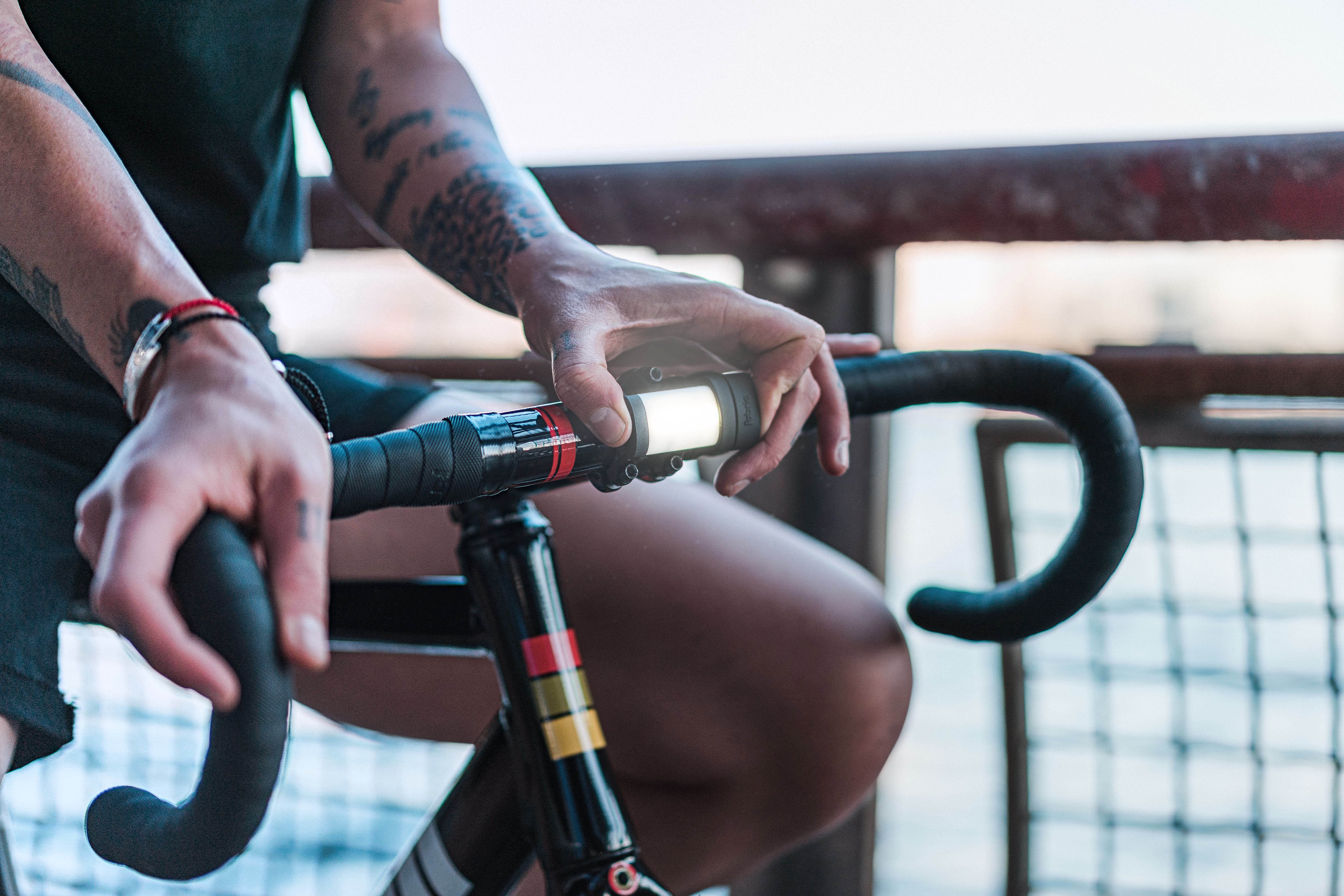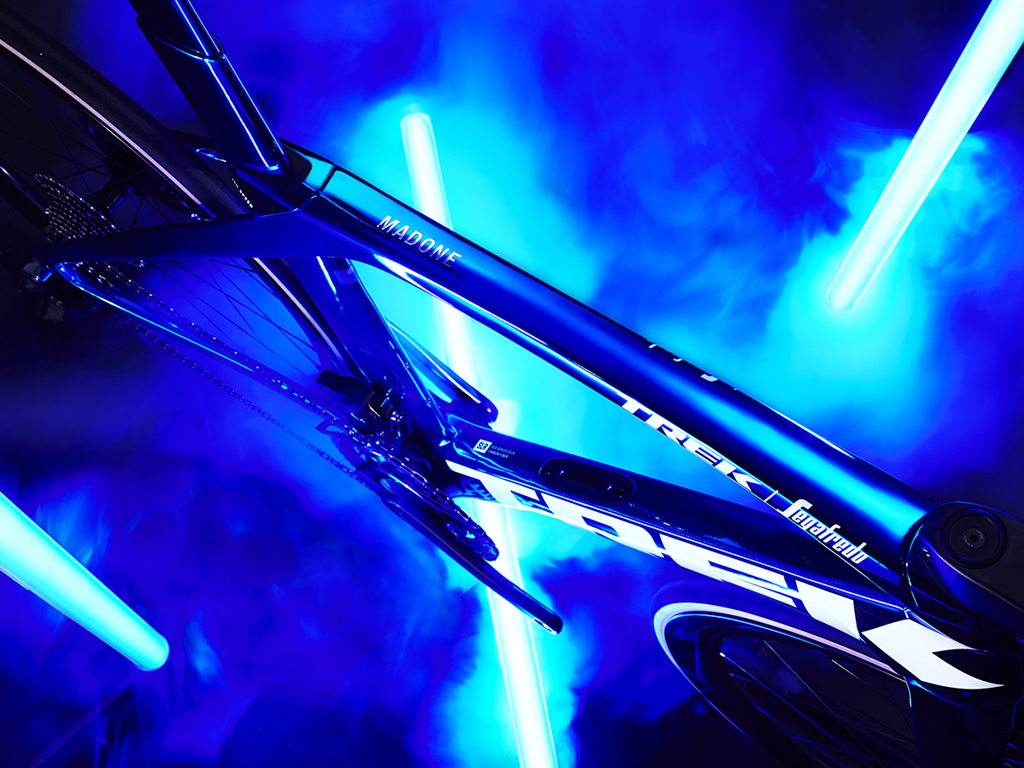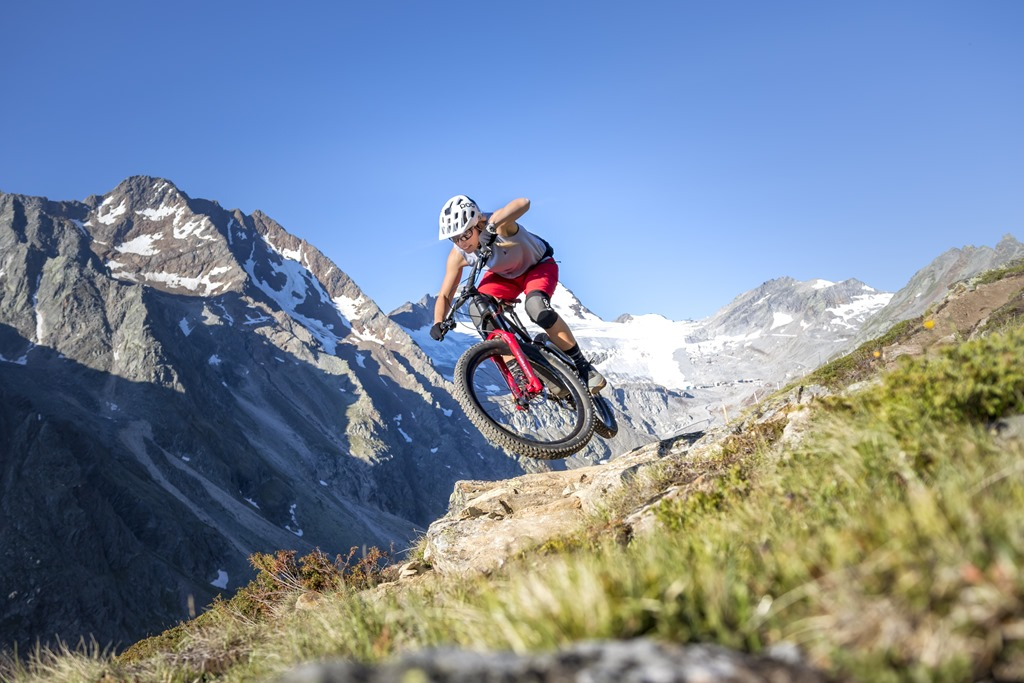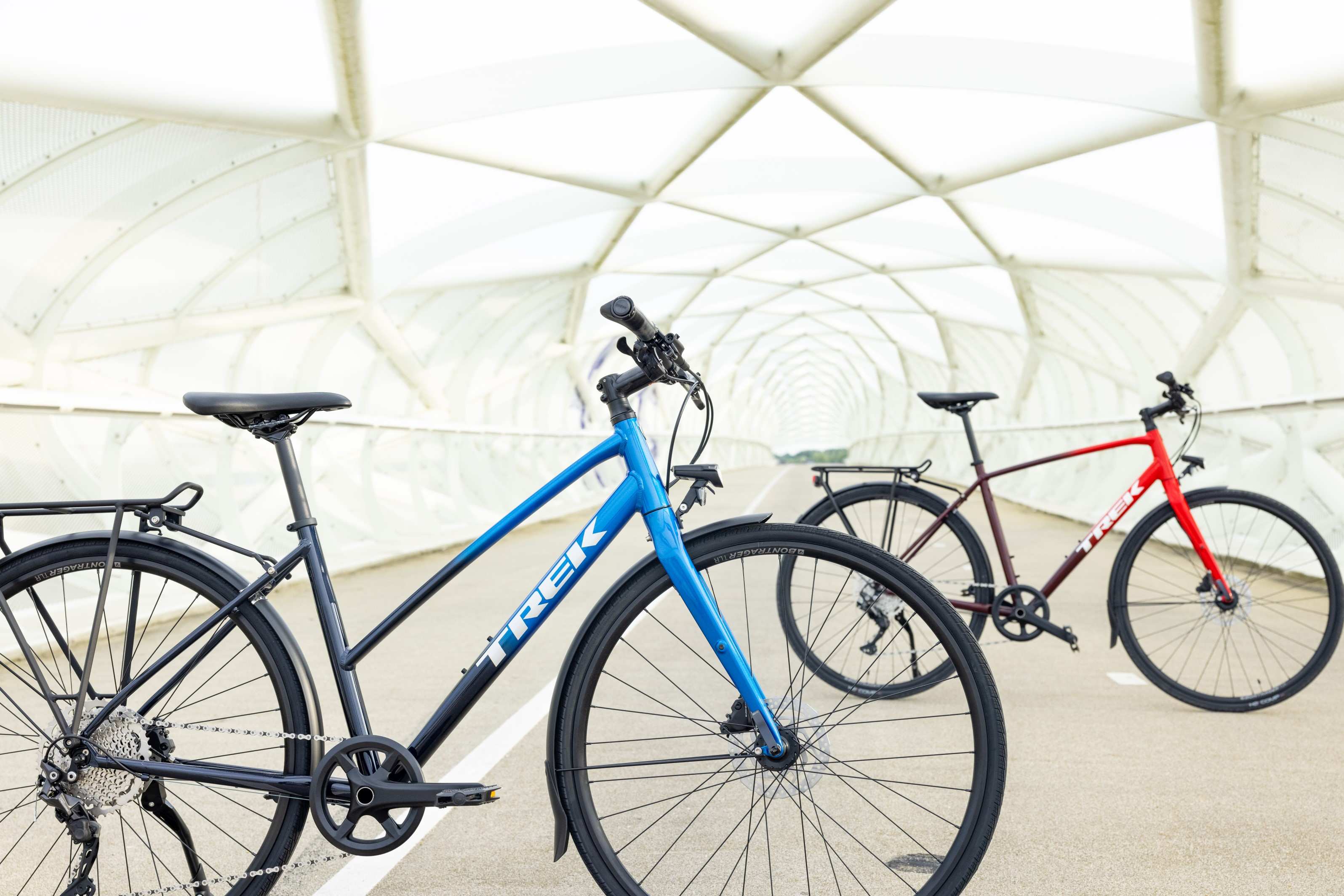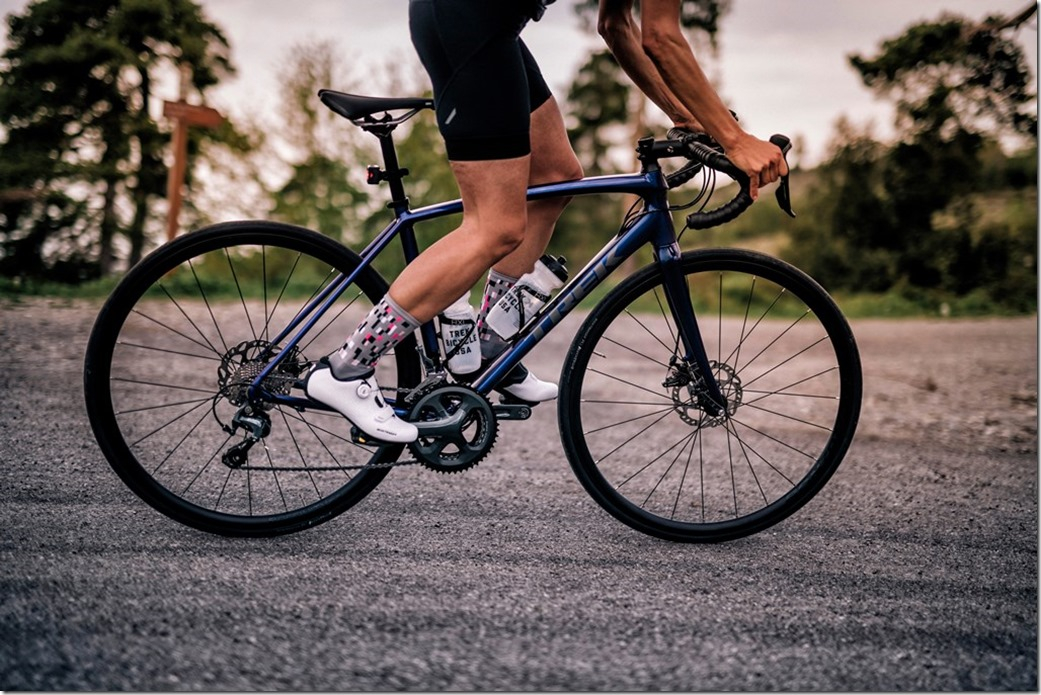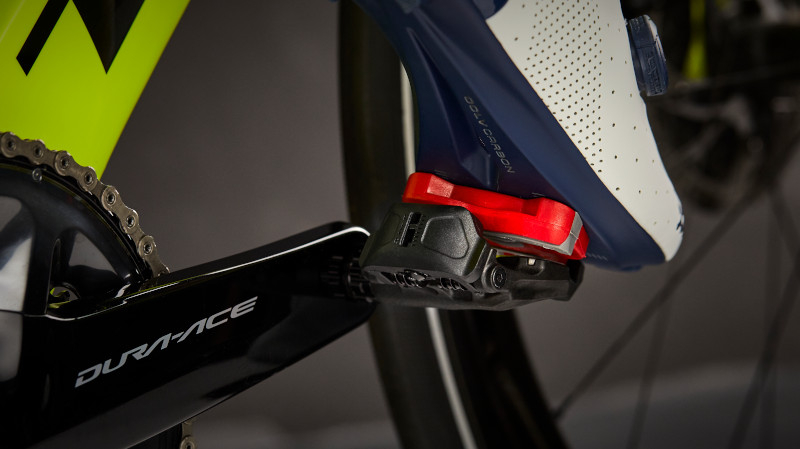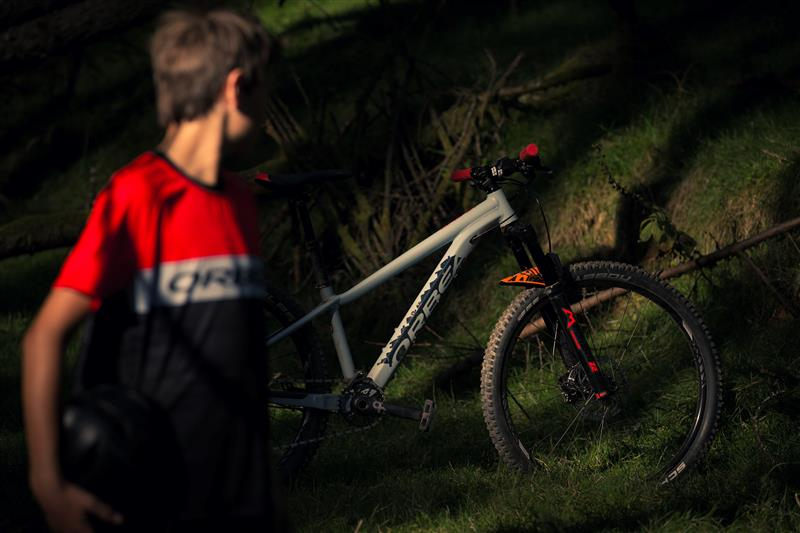Choosing The Right Bike Helmet
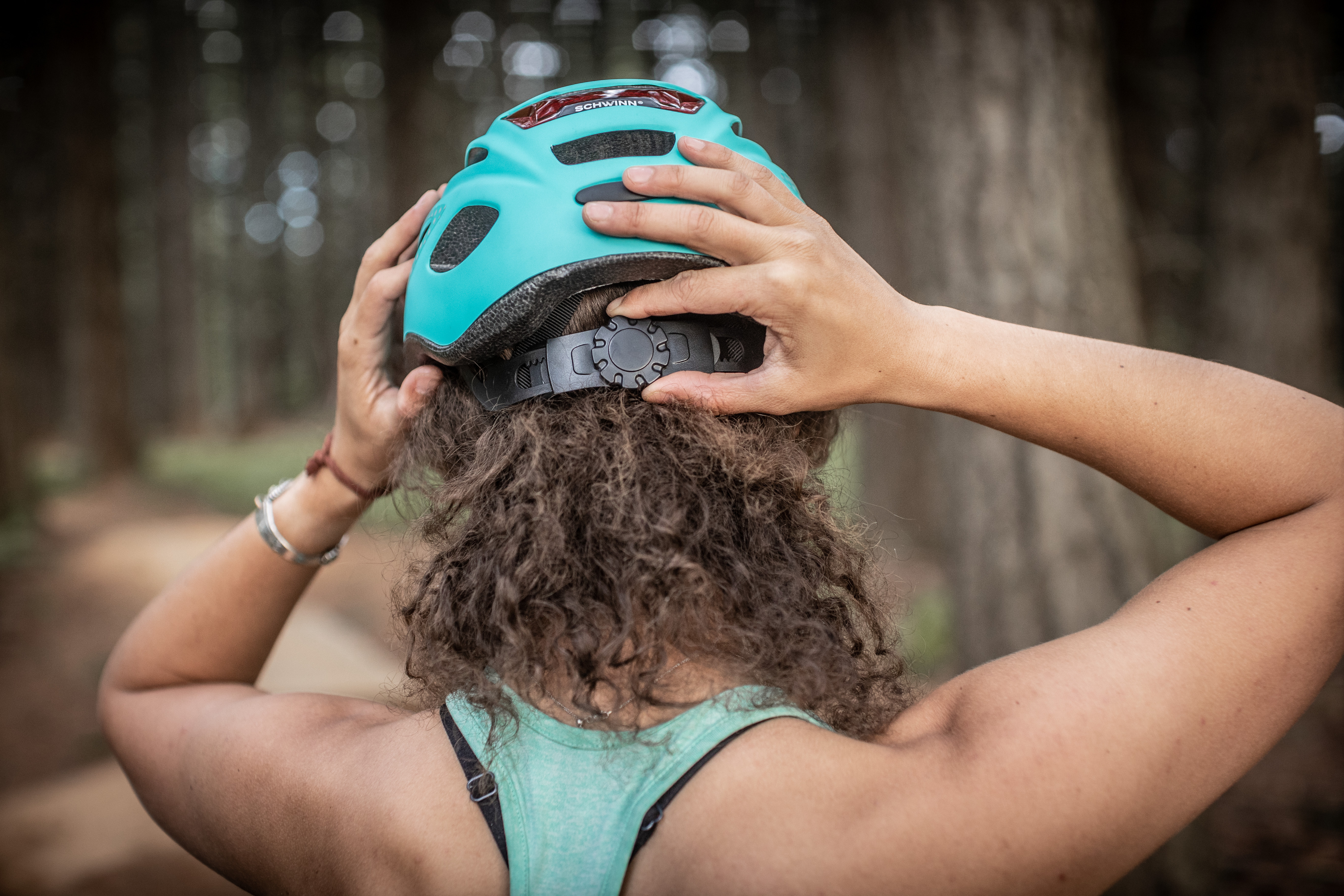
Choosing The Right Bike Helmet
After your bike, choosing the right bike helmet is the most important thing you need for cycling. That's not just our opinion - even the Highway Code says you should wear one whenever you go for a ride. Once you've got the right helmet, you can cycle around safe in the knowledge that your head is protected. We sell loads of helmets at Cycles UK, including a great range of kids' helmets. But we know choosing the right bike helmet isn't easy. What's size do I need, why do helmets look so different, what will keep me the safest? We answer all these questions so you can be confident you're buying the right helmet.
As well as being tough, a helmet also needs to be secure and comfortable. More expensive helmets tend to be available in a wider range of sizes. While lower priced ones tend to have one shell size, relying on adjustable straps and retention systems to achieve a correct fit. Helmets are measured in the circumference of your head at your temples. Different manufacturers tend to use different head-forms in their designs. So a helmet from one brand may not fit you the same as a competitor’s offering.
Getting the right sized helmet
Before you take a look at our funky designs, let's make sure you're getting a helmet that fits.
- Measure the circumference of your head. Put the measuring tape about 1cm above your eyebrows. Go all the way round your head in an even loop.
Road Helmets

Lighter in weight and designed for less aerodynamic drag. Road helmets will normally come without a peak or at least a removable one. The more expensive the helmet the more research and development has been ploughed into its design. It would have been designed in a wind tunnel to make them as smooth as possible. And to offer aerodynamic savings at high speeds.
MTB Helmets

Robust and colourful. MTB helmets have come a long way in the last couple of years. With new detachable full face jaw proctors to the new MIPS design to improve crash performance. Bulkier than the road designed helmets. There will be less vents and a peak to keep the sun and dirt out of your eyes. You also have the option of full face helmets, typically used by downhill riders for maximum protection.
Commuting/General/ BMX

While commuting you can use any style of helmet you wish. As long as it meets the required safety standards and your chosen dashing style why not be daring.
Specifically designed commuter and BMX helmets. Tend to be a full hardshell helmet with very little ventilation where the focus is all on the protection. The strap and retention systems are simple. Helmets like this are arguably a far more stylish option for when you’re riding in your normal clothes.
Kids

When your child gets their first bike, it’s a good idea to get them a helmet so they are safe when learning to ride and Cycles UK stock a wide range of helmets for children. We strongly recommend that children should wear a helmet at all times. Style is especially important when it comes to picking the right helmet for your child because if they don’t like theirs, they won’t want to wear it.
Ventilation is also important, especially as your son or daughter rides faster and further. If your child likes tearing round the local park, they’ll need a helmet with good venting, but for infants in child seats, it’s less of an issue.
Helmets for infants are much deeper at the rear to protect the back of the head.
Get your Helmet online
Don't forget now you know how to measure your head, you can pick out your favourite helmet online. You can select 'Deliver 2 Store' to pick it up in your local store. Or you can arrange for it to be delivered to you.
Helmet Safety, The rule of 3
We here at Cycles UK firmly believe that all helmets over 3 years old should be replaced for the safety of the user. Depending on the price of the helmet the way that the helmet is constructed will change slightly to include addition reinforcement elements. All cycling helmets are manufactured using varying types of Expanded Polystyrene and this material is liable to degrade and become softer over time. This means that when impacted the way that it absorbs the impact changes over the lifetime of the helmet and may not perform as originally designed.
Key Helmet Guidance Points:
- Any major accidents – Replace your helmet
- 3 x helmet drops of smaller accidents – Replace your helmet
- Had your helmet for more than 3 years – Replace you helmet
